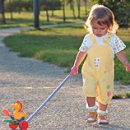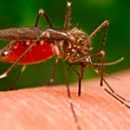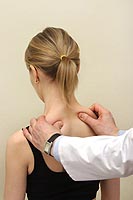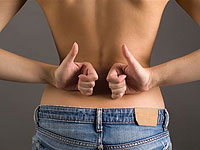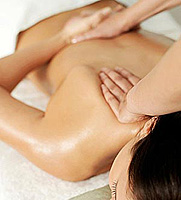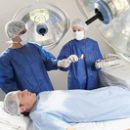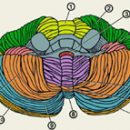How to spend the first prefigure help to a child when a fracture is suspected? How to fix the limb or impose a bus?
Content
First Aid at Fracture
When examining a child with damage to hand or legsTo look for all signs of fracture. To establish rulesdiagnosis there are enough two or three typical recognitionCOV. In addition, young children are not always a thorough examination, since, fearing pain, the child resists OSMoter.
When a fracture, the child must immediately have the first prefigure. First of all, you need to find out the circumstances of the injury. When tugging the baby behind the handle may occurWheel dice heads in the elbow joint; When it falls from the hands of parents - the cranial and brain injury; When falling from the height, the spinal fractures are likely; When squeezing the chest - fractures of ribs; During autoTrachme -Damage.
For a thorough inspection, it is necessary as possible to split baby. Clothes are removed first with healthy, and then with a sore limb. With strong pains narrow clothing or footwearIt is better to cut a limb. During the inspection, you should always compare the sore limb with a healthy. It helps immediately notice some of the symptoms of damage (forced poloLimit or impossibility of movements, swelling, deformation, shortening hands or legs). Then carefully feelinginjured part of the body and find the place of the greatest diseaseNenna.
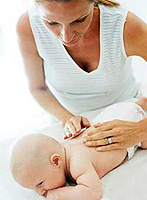 One should never define abnormal mobility and crunch of bone fragments so as not to cause the child an additionaland do not cause pain. With open fractures, it is impossible to immerse frails into the depths of the wound, as in the future it can lead to its suppuration and inflammation of the bone.
One should never define abnormal mobility and crunch of bone fragments so as not to cause the child an additionaland do not cause pain. With open fractures, it is impossible to immerse frails into the depths of the wound, as in the future it can lead to its suppuration and inflammation of the bone.
If the child's condition is severe, during the inspection it should be in the lying position. Lifting his head do not need. In order to prevent dumping masses in respiratoryWays - and vomiting can begin at any time - the head of the childka turn Naboka.
When providing first prefigure assistance, as in case of closedand in the case of open fractures (after the imposition of a dressing and stopping bleeding) is necessarily applied shiningNie. It is necessary in order to avoid additional displacement of fragments, remove or reduce pain, prevent the woundbone fragments of muscles, vessels and nerves. Used for this tire or infirm materials.
For immobilization (lat. Immobilis - motionless; Creating immobility) damaged limbs apply standardand improvised tires. Usually when providing firstrelics for short-term fixation use different underMaterial: skid, cardboard, stick, fane and t. D. For breast and threshing children, the tire is most convenient, madeNaya Cardboard, Camped Wool and Fixed Bint. At oneThe absence of a material from which it would be possible to make a tire, to fix the hand, it is enough to feed it to the body, the foreI cautiously bent in the elbow joint.
When toting, you must follow two rules: create immobility, at least two nearest joints (youneck and below the fracture); prevent grinding tireCoy large vessels, nerves and bone protrusions.
With closed fractures, the tire can be applied on topdy, with open - after dressing, and if there is bleeding- after stopping it with a harness. Fix the bus to the limb bandages, jams and t. D. Overlay tires mustBut to be as much painful as possible. For shining Woto have an assistant who would support damagedPart of body.
Remember: it is better to make a mistake and impose a tire when there is no passMa, than not to impose it where the bone is damaged. Shining is the first means of dealing with shock. NotConvenient transportation and shaking road With insufficient fixation of the damaged limb, it can cause it a formidable complication, worsening the already severe condition of the child.
After providing first aid, the patient should be delivered as soon as possible to the nearest therapeutic institution.
In young children, the return of bone fractures is made under anesthesia, so do not feed the child during transportation to the hospital, because during the generalRods are possible.

